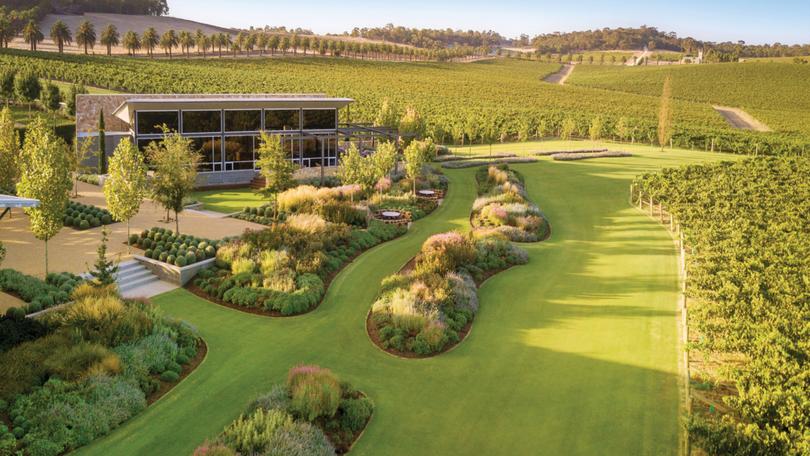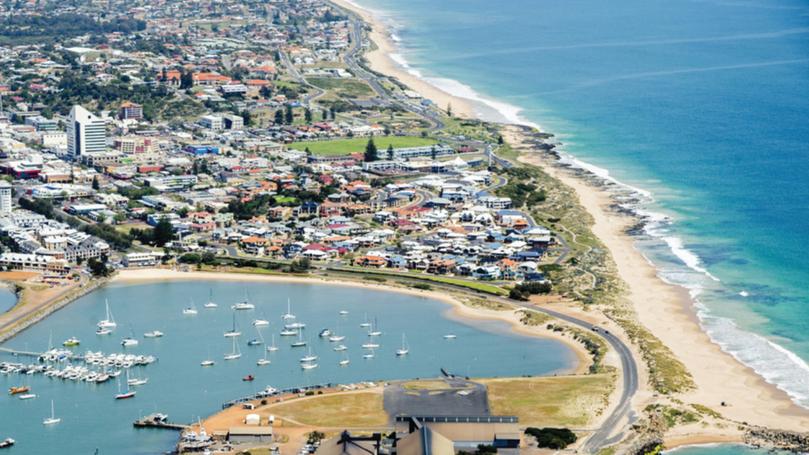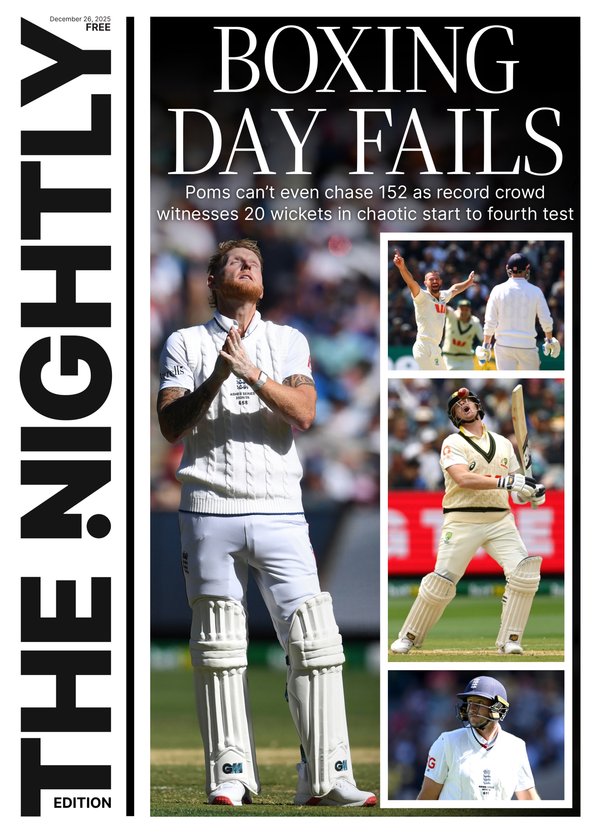Regional Australian home prices reach a record high as Sydney and Melbourne prices fall

Australia’s regional markets hit new heights, with dwelling values across the combined regional areas rising a further 0.4 per cent in January according to property data company CoreLogic.
The median home price across combined regional Australia now sits at $656,545.
It comes at a time when combined city prices dropped and the country’s most expensive city, Sydney, saw another decline in home values.
Sign up to The Nightly's newsletters.
Get the first look at the digital newspaper, curated daily stories and breaking headlines delivered to your inbox.
By continuing you agree to our Terms and Privacy Policy.“While we’re definitely seeing some evidence that the value growth has cooled down, it is well and truly in positive territory,” said CoreLogic’s research director, Tim Lawless.
“Regional markets seem to be benefiting from a second wind of internal migration,” Mr Lawless said.
Remote beats commuter cities
However, while the strongest growth in regional home prices has been focused on commuter cities — that is, regional cities that allowed a mix of hybrid work at home and in city offices — today, it was in more far-flung locations.
“It’s not your usual suspects really driving the strength in regional Australia but those that are more remote to capital cities,” he said.
Townsville, Rockhampton and Gladstone in Queensland, WA’s Geraldton and Bunbury, and the Barossa in South Australia were some of the regions with the strongest home price growth.
“The days of commutable regional towns leading the league tables are behind us and it really seems that the growth trend has now switched to markets that are often more resource driven or related to extractive industries and ports.”

He said their relative affordability was also a factor in why prices are now on the rise.
“They have a real affordability advantage and they’re probably benefiting from that recipe of high demand and low supply.”
Another factor is their “diversified regional economies” bring strong employment opportunities.
While home price growth in commutable cities was not as strong today, it still remained stable and saw some slight growth in some areas in the past month.
He said this occurred as there appeared to be “some permanency in hybrid working arrangements across some occupations and industries’‘.
Most recent ABS reporting on working arrangements revealed 36.3 per cent of employed people usually worked from home, which was down from a high during the COVID period, but still above the 32.1 per cent reported in 2019.
Opportunities in Melbourne
Overall national home values fell by -0.03 per cent, with both Sydney and Melbourne experiencing further falls in prices.
Sydney saw a fall of -0.4 per cent in January, and Melbourne saw a drop of -0.6 per cent.
“Sydney is probably following Melbourne’s lead,” he said.
“In Melbourne there is a fairly entrenched downturn, which has been in decline since early 2022.”
He said strongly forecasted interest rate drops could come as early as this month, making Melbourne a good choice for buyers.
“With interest rates coming down it might throw a bit of a lifeline to Melbourne where affordability has really improved since market peaks back in March 2022,” Mr Lawless said.
However the opportunities in Sydney, even after rate cuts, could be slimmer.
“I simply can’t see Sydney responding as positively to lower interest rates as Melbourne simply because I think that affordability barrier is going to be getting in the way for a lot of buyers.”
Originally published as Regional Australian home prices reach a record high
